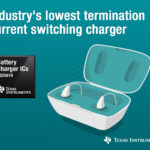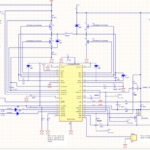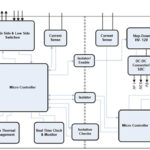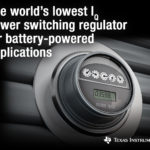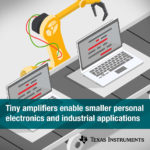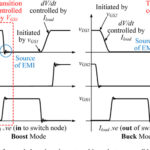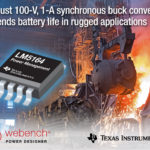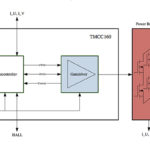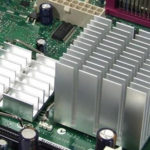Texas Instruments introduced a new switching battery charger integrated circuit (IC) that supports a termination current of 20 mA. Compared to competing devices, which typically support a termination current higher than 60 mA, TI’s BQ25619 enables 7% higher battery capacity and longer run time. The BQ25619 charger also delivers three-in-one boost converter integration and ultra-fast […]
texasinstrumentsinc
Power Electronics Top Talks in August 2019 on EDABoard.com
Peer-to-peer, engineer-to-engineer questions and answers from the EDABoard.com engineering community around power electronics. Click the “Read more” link and follow the entire conversation and maybe add your two cents by logging in to EDAboard.com 1 minute vs. 1-second isolation voltage test – Some offline transformers are spec’d for 3750vac for 1second (3mA). Some are spec’d […]
Standard amplifier functions in HEV/EV battery management systems
by Sanjeev Manadhar, Texas Instruments Hybrid electric vehicles (HEVs) and electric vehicles (EVs) are popular because they have low (to zero) emissions and fewer maintenance requirements while offering better efficiency and drive performance. New HEV/EV companies are emerging, while existing automakers are investing more in HEV/EV to compete for market share. The heart of the […]
Tiny, ultra-low-power switching regulator with light-load efficiency maximizes power delivery
Texas Instruments introduced an ultra-low-power switching regulator with the industry’s lowest operating quiescent current (IQ) at 60 nA – 1/3 that of the nearest competitive device. The TPS62840 synchronous step-down converter delivers very high light-load efficiency of 80% at 1-µA load, which can enable designers to extend the battery life of their systems or use […]
Tiny current-sensing amps target overcurrent detection apps
Texas Instruments introduced the industry’s smallest current-sense amplifier in a leaded package and the smallest, most accurate comparators with an internal 1.2-V or 0.2-V reference. Offered in industry-leading package options, the INA185 current-sense amplifier, and open-drain TLV4021 and push-pull TLV4041 comparators enable engineers to design smaller, simpler and more integrated systems while maintaining high performance. […]
GaN power devices, Part 2: Application
Part 1 of this FAQ explored the basics of GaN switching transistors at the device and physics level. This part will look at driving and applying GaN devices. Q: What do I need to know to use a GaN device? A: There are three functional blocks associated with power switching: the power-device driver, the power […]
Power Electronics Top Talks in March 2019 on EDABoard.com
Peer-to-peer, engineer-to-engineer questions and answers from the EDABoard.com engineering community around power electronics. Click the “Read more” link and follow the entire conversation and maybe add your two cents by logging in to EDAboard.com VFD to control 3-phase AC induction motor – I want to control the speed of a woodcutter that is equipped with […]
100 V, 1 A DC/DC buck converter extends battery life
Texas Instruments introduced a wide-input-voltage (VIN) synchronous DC/DC buck converter with the industry’s best combination of light load efficiency, ease of design and overall power solution cost. The 100-V, 1-A LM5164 step-down voltage converter shrinks board space in rugged battery-powered industrial and automotive power supplies. Used in conjunction with TI’s WEBENCH Power Designer, this new […]
Motor field-oriented control, Part 2: Implementation
Part 1 of this FAQ set the stage for a rudimentary understanding of FOC (field-oriented control) but did not delve into the math-heavy details. Part 2 now looks at some implementations, again without the underlying math. Q: If a designer wants to implement FOC, does he or she have to pull together all the hardware […]
Heat sinks, Part 1: Thermal principles
A heat sink is a non-electronic, passive mechanical component that has a vital role in the reliability and performance of ICs, PC boards, modules, chassis, and more. Heat sinks often don’t get much attention, at least not in the early stages of a design. This FAQ will look at the basic thermal principles of these […]

